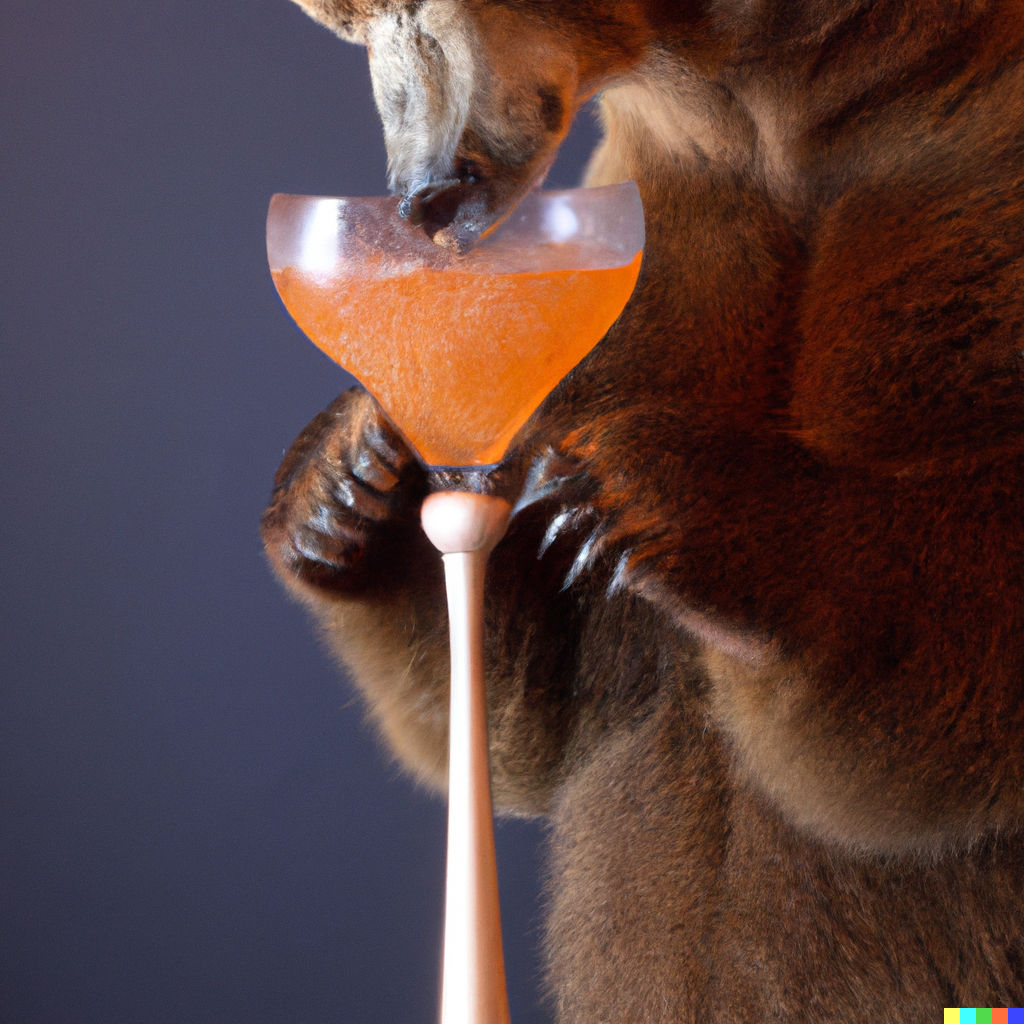David tackled the writing of his novels as he did everything in life: He absorbed all the material he could find, digested that information, and made it his own. This thread of the newsletter examines some of his sources of inspiration, drawing on his own blog as well as on updates from the sources. This first post takes a look at the Save the Cat! series of books by Blake Snyder, and the follow-on books inspired by Snyder.
Here’s what David had to say about Save the Cat!, back in 2008:
 “I read books on writing in much the way that other people idly flip on the television–it’s a way to pass a few moments. Most of them are mediocre, every so often one is quite good, but in general it’s just a way for my conscious mind to muse about writing while my subconscious gets a little work done.
“I read books on writing in much the way that other people idly flip on the television–it’s a way to pass a few moments. Most of them are mediocre, every so often one is quite good, but in general it’s just a way for my conscious mind to muse about writing while my subconscious gets a little work done.
I don’t, however, read many books on screenwriting. There are two reasons for this: 1) I’m not a screenwriter, and 2) most screenwriting books aren’t even good enough to be classed as mediocre.
But there’s one slim book on the topic that I keep encountering, Blake Snyder’s slim little volume called Save the Cat! The book has enough buzz around it that I decided it was time to see if the buzz came from bees around honey or from flies around something a little less pleasant.
I found Save the Cat! to be one of the more stimulating reads I’ve had in a while–perhaps because Snyder’s whole approach to constructing a story is the opposite of mine. (Mine is called “groping around in the dark,” and I doubt that a book extolling my method would ever become very popular.)
You know those things called loglines–the one-line summaries and hooks that are supposed to convey the essence of a story idea? Snyder starts his projects with the logline. Yes, starts there, and shortly after polishes his elevator pitch (that short summary you can blurt out and hopefully catch people’s attention). And he road-tests these by approaching strangers in places like the line at Starbucks and asking if he can take just a minute and run something by them–his theory being that if he can get a complete stranger interested in his pitch, then he’s onto a story people will want to hear.
Fine, I said, that’s how Hollywood works, and you have to be catchy if you want to sell a script.
But Snyder isn’t polishing his pitch so he can buttonhole producers and sell them idea (though I’m sure that comes in useful alter on). Snyder is trying to pin down exactly what his story is about before he takes even the smallest step toward actually writing it. Once he has established this, he establishes a title that echoes the story, and then sets about deciding what kind of protagonist is best for that sort of story, what themes need to run through it and be reinforced…
And then he moves on to decide what category or genre he’s writing in, because each has different kinds of rules. But Snyder has his own categories, which don’t include “romantic comedy” or “police procedural.” His categories are:
1) Monster in the House
2) Golden Fleece
3) Out of the Bottle
4) Dude with a Problem
5) Rites of Passage
6) Buddy Love
7) Whydunit
8) The Fool Triumphant
9) Institutionalized
10) Superhero
The list is deliberately provocative, and Snyder open his discussion by claiming that the category and therefore the story dynamics of Die Hard, Schindler’s List, and Titanic are essentially the same. (Whether these categories are valid and useful, I’m not sure; but they certainly are an interesting change from the usual groupings.)
After running through category basics, Snyder then moves on to the usual screenwriting stuff–three-act structure, beats, color-coded index cards. It’s not clear to me that any of this is really useful to a novelist; even a skimpy novel is usually far more complex and involves many more beats than a screenplay does. But Save the Cat! runs through these elements so adroitly and entertainingly that you’ve finished them long before you begin to sigh at the inapplicability of most of it.
Stephen King asserts that writing a novel is a process of uncovering a preexisting story, and uses the simile of a paleontologist excavating a fossil–you don’t know what you’ve got until you’ve freed it from the stone. Blake Snyder inhabits the other extreme of the spectrum, where concept comes first and the story is crafted around it.
I don’t think I could write a story in that fashion. But it was fun thinking (and, yes, fantasizing) about an entirely different way of working. Even if it’s one I could never adopt.”
Subsequent posts in this newsletter will look at Snyder’s follow-on books (Save the Cat Goes to the Movies, Save the Cat! Strikes Back, and Save the Cat! Blake’s blogs), and the line of books inspired by Snyder (Save the Cat! Goes to the Indies, Save the Cat! Writes a Novel, Save the Cat! Writes for TV, Save the Cat! Writes a Young Adult Novel, and the Save the Cat! Beat Sheet Workbook).



